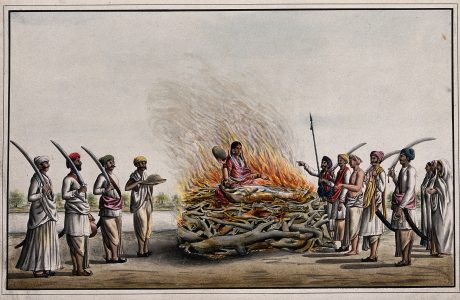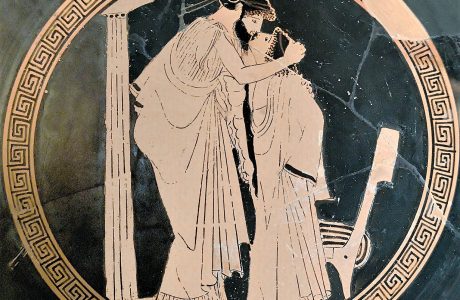Family
SATI
Wikipedia: Sati or sutteenote 1 is a Hindu practice, now largely historical, in which a widow sacrifices herself by sitting atop her deceased husband’s funeral pyre.23456 Although it is debated whether it received scriptural mention in early Hinduism, it has been linked to related Hindu practices in the Indo-Aryan speaking regions of India which diminished the rights of women, especially those to the inheritance of property.










